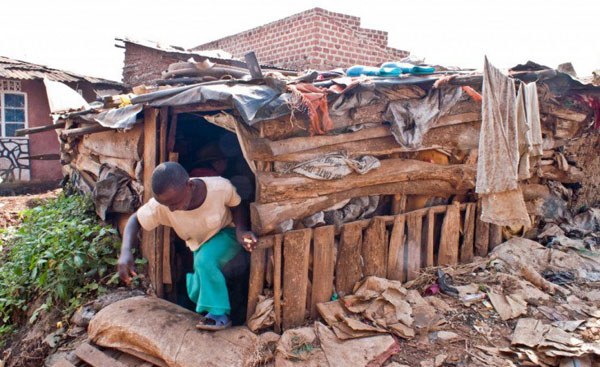preahvihearhotel.com – Uganda, a landlocked country in East Africa, has a rich cultural heritage and diverse natural landscapes. However, beneath its picturesque exterior lies a complex poverty landscape that has persisted despite significant efforts to alleviate it. This article delves into the multifaceted nature of poverty in Uganda, exploring its historical roots, current challenges, and the various interventions aimed at addressing this issue.
Historical Context
The roots of poverty in Uganda can be traced back to the tumultuous years of the 1970s and 1980s, marked by civil wars and social-economic instabilities. The economy collapsed when the National Resistance Movement (NRM) took power in 1986, leading to the implementation of the Economic Recovery Programme (ERP) with the support of international donors. Although the ERP emphasized infrastructural development and achieved a significant economic growth rate, it did not translate into a corresponding reduction in poverty levels.
Current Poverty Landscape
Multidimensional Deprivation
Poverty in Uganda is not merely an economic issue but a multidimensional one, encompassing material, human, natural, and financial capital deprivations. Many Ugandans lack access to basic necessities such as nutrition, health, literacy, and shelter, which are essential for a decent standard of living.
Population Growth
The rapid population growth in Uganda, which has quintupled in 25 years, has exacerbated poverty. The increasing number of people has outstripped the country’s ability to provide adequate resources and services, leading to higher levels of poverty.
Economic Challenges
Despite some economic growth, Uganda’s economy remains small and heavily reliant on donor funding. The average economic growth rate has tapered off to 3-4% since 2015, which is insufficient to significantly reduce poverty levels.
Government Interventions
Poverty Eradication Action Plan (PEAP)
In response to the slow pace of poverty reduction, the Ugandan government established the Poverty Eradication Action Plan (PEAP) in 1997. The PEAP aimed to prioritize public expenditure on key programs designed to reduce poverty. This initiative led to a notable decrease in poverty levels, from over 56% of the population living below the national poverty line in the early 1990s to just below 20% by the early 2010s.
National Development Plans (NDP)
The PEAP was later replaced by the National Development Plans (NDP), which focused on socioeconomic transformation and wealth creation. The first NDP (2010/11-2014/15) emphasized infrastructure development and human capital, while the second NDP (2015/16-2019/20) aimed to strengthen Uganda’s competitiveness regionally and internationally. Despite these efforts, many of the aspirations outlined in the NDPs have not been fully realized, and Uganda remains a low-income country.
Challenges and Future Directions
Structural Transformation
Uganda’s structural transformation agenda aims to shift household livelihoods from low to high-productivity activities and sectors. This involves transforming the economy to be more resilient and capable of sustaining growth and reducing poverty.
Resilience Building
Building resilience to shocks, particularly for rural and poor households, is crucial for sustainable poverty reduction. The World Bank has highlighted the importance of enhancing resilience to economic and environmental shocks as a key strategy for reducing poverty in Uganda.
Conclusion
Uganda’s poverty landscape is complex and multifaceted, influenced by historical, economic, and demographic factors. While significant progress has been made through various government interventions, the country still faces substantial challenges in achieving its goal of poverty eradication. Continued efforts focused on structural transformation and building resilience will be essential for Uganda to make further strides in reducing poverty and improving the well-being of its population.
